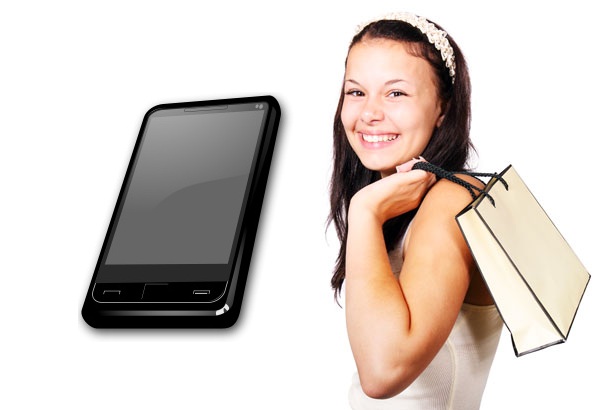 For many owners of these and tablet devices, use is now a vital part of the buying experience.
For many owners of these and tablet devices, use is now a vital part of the buying experience.
The results of a new survey from Perception Research Services International has shown that 76 percent of smartphone owners will use mobile commerce in some way through a smartphone or tablet before they make a purchase of electrics, apparel, and grocery products.
The survey also discovered the specific reasons that these devices are used while shopping.
Smartphone and tablet owners use mobile commerce in a number of different ways as they debate buying various products. In fact, much of the influence from the devices is not for a direct purchase that is actually made online over the device. Instead, it is a part of the overall process from the point that the product is identified and onward.
Mobile commerce, therefore, plays a multichannel role in the road to buying one or several items.
Among the other mobile commerce discoveries that were made by the researchers include the following:
• 53 percent of smartphone owners compare prices through the use of the device.
• 49 percent of the survey’s respondents said that they use their devices to read customer reviews.
• 48 percent of these tablet and smartphone owners use the device to find coupons, sales, and other discount opportunities.
• 48 percent use the devices to seek out additional information about products.
• 37 percent head to a manufacturer’s site in order to obtain more product information.
• 34 percent use the device to seek out the opinion of a friend or family member.
• 31 percent actually make the product or service purchase through a mobile commerce site or app.
• 31 percent take part in a contest.
• 17 percent use the device to view a product demonstration.
The shopper research company, Perception Research Services International, looked into mobile commerce in order to help with merchandizing and packaging systems improvements. The survey involved the participation of 1,450 adults in the United States who were responsible for a minimum of half of the grocery shopping in their household. Among them, just over half (54 percent) owned a smartphone.

 With a highly successful year nearly complete, predictions for next year’s smartphones are already being made.
With a highly successful year nearly complete, predictions for next year’s smartphones are already being made.